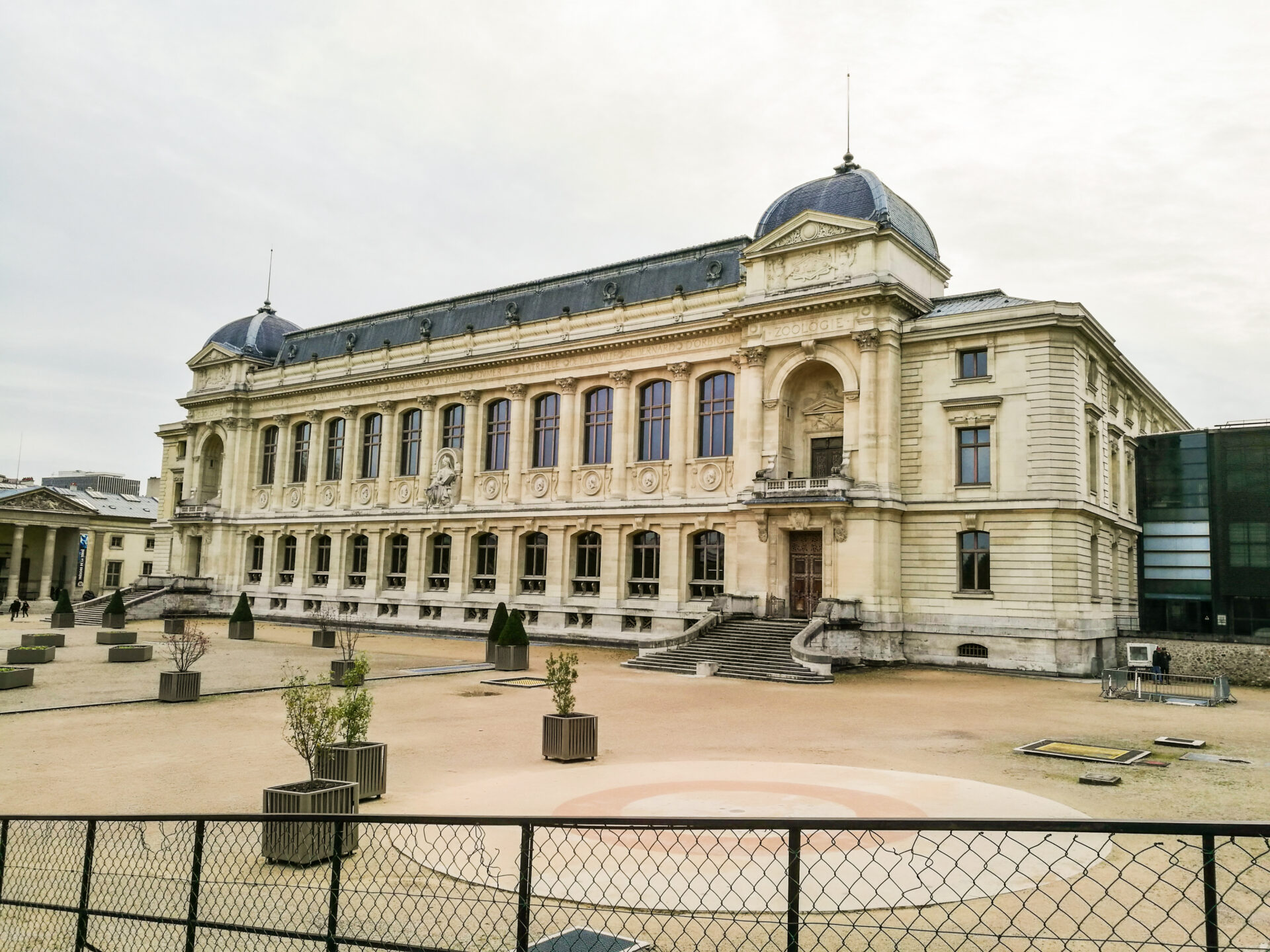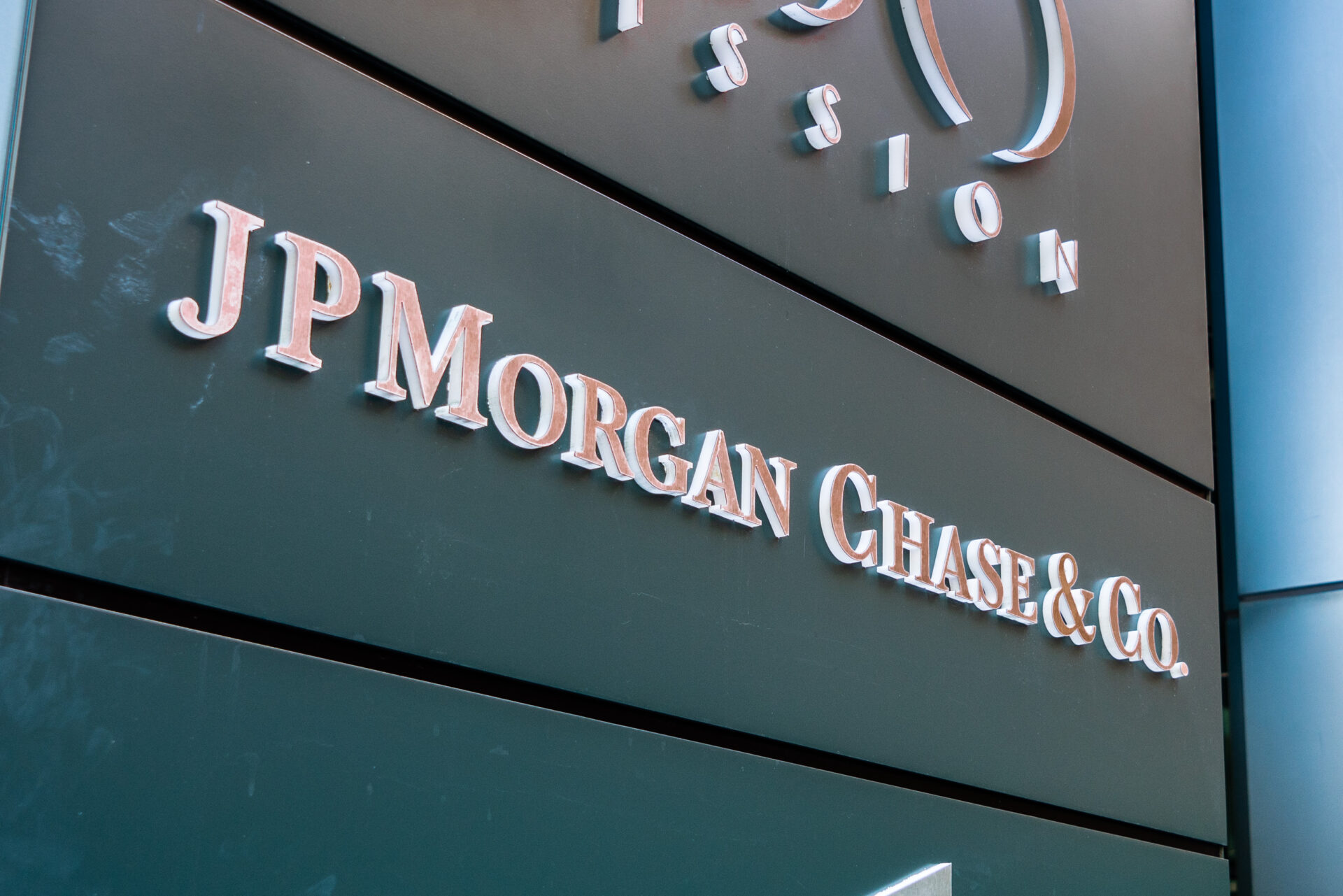
Paris Museum Heist Exposes Major Security Flaws
Another brazen museum heist in Paris exposes alarming cracks in Europe’s security and highlights how government mismanagement and lax enforcement are putting priceless heritage—and the rule of law—at risk.
Story Snapshot
- Thieves stole $700,000 in gold specimens from the Paris National Natural History Museum, exploiting a prior cyberattack that disabled security systems.
- The crime is part of a surge in high-profile thefts from French cultural institutions, raising global concerns about security failures and government oversight.
- Museum officials say the loss is not just financial, but a blow to irreplaceable scientific and cultural heritage.
Professional Thieves Exploit Cyber Vulnerabilities in Paris Museum
On September 16, 2025, criminals executed a meticulously planned heist at the National Natural History Museum in Paris, making off with approximately $700,000 worth of native gold specimens. The thieves struck the museum’s geology and mineralogy gallery overnight, employing advanced tools like angle grinders and blow torches. Investigators revealed that the museum’s alarm and surveillance systems had been disabled by a cyberattack just two months prior, exposing a glaring vulnerability that criminals exploited. Museum director Emmanuel Skoulios described the perpetrators as “extremely professional,” noting their apparent insider knowledge of the collection’s layout and security blind spots.
The museum, located in Paris’s heavily trafficked 5th district, houses globally significant collections, including gold specimens with historical provenance such as a California Donatia mine sample. The loss extends far beyond monetary value, representing an “immeasurable heritage value” according to museum officials. The gallery was immediately closed for assessment and security review, while Paris police launched an intensive investigation. As of September 17, no suspects had been identified and none of the stolen items recovered, underscoring the sophistication and planning behind the crime.
🇫🇷 Thieves have broken into Paris's Natural History Museum, making off with gold samples worth 600,000 euros ($700,000) in the latest of a worrying series of robberies from cultural institutions, according to the museum.
➡️ https://t.co/FOCAsZ3uiB pic.twitter.com/Vk44MAGI5y— AFP News Agency (@AFP) September 17, 2025
Rising Trend: French Museums Targeted by Sophisticated Criminal Networks
The Paris gold theft is not an isolated incident. Over the past year, France has seen a disturbing escalation in museum robberies. In September 2025, the Adrien Dubouche National Museum in Limoges lost Chinese porcelain worth €6.5 million, and in November 2024, the Cognacq-Jay Museum in Paris was robbed of 18th-century artworks. Law enforcement warns that the increasing black-market value of rare minerals and artifacts is fueling these crimes, while cyberattacks against security infrastructure provide new opportunities for organized criminal groups. The pattern suggests that many institutions remain unprepared for modern threats, putting both national heritage and public trust at risk.
These incidents have drawn attention to the urgent need for robust, integrated cyber-physical security systems in cultural institutions. Heritage professionals caution that the trend, if unchecked, could lead to a permanent loss of irreplaceable scientific and educational resources. The fact that these thefts occur in tourist-heavy, high-profile locations only amplifies concerns about the adequacy of current security measures and government priorities. Political leaders now face pressure to deliver real reforms, not empty reassurances.
Watch the report:Gold worth $700,000 stolen from Paris’s Natural History Museum amid string of similar heists
Political Inaction and Government Failures Undermine Heritage Protection
Stakeholders across France’s cultural sector are demanding answers. Museum staff and researchers face the immediate loss of vital research material and reputational damage, while the public is deprived of access to shared heritage. The financial impact is immediate—estimated at $700,000 in this case—but the true cost lies in the loss of artifacts that can never be replaced. Rising insurance premiums and operational costs now threaten the viability of museums, while the repeated failures of government agencies to prevent such incidents erode public confidence in their ability to safeguard national assets.
The French Ministry of Culture and law enforcement agencies have been criticized for inadequate investment in security and a lack of proactive measures. Power dynamics between museum leadership and government ministries reveal strained relationships, particularly as institutions rely on official funding and policy decisions for security upgrades. Calls for a nationwide reassessment of museum security are growing louder, with demands for better coordination and accountability at every level.
Warnings: Loss of Heritage, Erosion of Public Trust, and the Need for Action
The loss of unique mineral specimens is an irreplaceable blow to scientific research, public education, and cultural identity. Security analysts point to the urgent need for integrated defenses against both physical and cyber threats, warning that without decisive action, more museums will fall prey to similar attacks. Policymakers face mounting pressure to deliver meaningful reforms and restore public trust, as the long-term impact of these thefts could fundamentally alter how societies access and value their shared history.
Sources:
Thieves steal $700,000 worth of gold in heist at Paris’ renowned Natural History Museum
Gold worth 600,000 euros stolen in Paris museum heist


